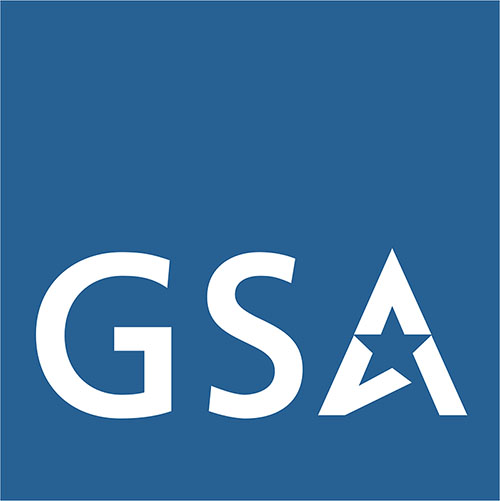Document Management For Facility Managers- Part 8- ROI and Benefits
Calculating the Return On Investment
Continuity
Can new staff find information when needed?
When staff leave or retire, is their institutional knowledge captured and shared?
Reduction in Change Orders
Can you find all the documents necessary when starting a renovation or construction project?
Are you missing important information?
Too many mysteries?
How much money are you spending on change orders because the architect and engineer could not find the historical information necessary prior to starting the project?
This aspect, alone, could provide your return on investment many times over.
Risk Reduction
How exposed are your most valuable documents to fire, floods, pests, and mold?
How many times have your drawings been “borrowed” but never returned?
How expensive is it to recreate all of the information that is lost? Can it be recreated at all?
This also could provide the return on investment many times over.
Non-Financial Benefits
How will this system improve meeting regulatory compliance needs?
How will improvements in communication and collaboration benefit the facility?
How much time will be saved by using existing information instead of recreating it?
How valuable is a more secure and accessible archive of facility assets?
How can it improve customer service?
Will better document availability lower risk factors and errors?
Will employees be happier?
Can I afford to wait to implement a document management system?
True Story:
The city of Gaithersburg, MD, kept all of the drawings for the city in the Court House basement. There was a terrible flood and all of the paper got wet and ruined. A few months prior, the city scanned all of the documents. So, instead of a terrible disaster, the city simply threw the paper away, and repainted the space.

